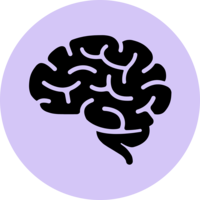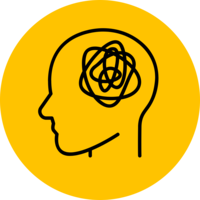Psychosis Human Connectome Project (P-HCP)
The P-HCP aimed to understand the neural mechanisms underlying psychosis by studying brain connectivity. The study recruited over 300 participants from the Minnesota region, United States of America. Participants were recruited through advertisements, community mental health support agencies, referrals, and informational mailings starting in 2016. The study included three groups: People with Psychosis (PwP) with specific diagnoses, their first-degree biological relatives, and healthy controls with no history of psychosis. Follow-up for a subset of participants included 7 Tesla imaging, with some participants returning for follow-up imaging sessions and a brief clinical interview.
Study design
Cohort
Number of participants at first data collection
316 (participants)
Age at first data collection
18 - 69 years (participants)
Participant year of birth
Varied (participants)
Participant sex
All
Representative sample at baseline?
No
Sample features
Country
Year of first data collection
2016
Primary Institutions
University of Minnesota
Profile paper DOI
Funders
National Institutes of Health (NIH)
Ongoing?
No
Data types collected



- Computer, paper or task testing (e.g. cognitive testing, theory of mind doll task, attention computer tasks)
- Interview – face-to-face
- Physical or biological assessment (e.g. blood, saliva, gait, grip strength, anthropometry)
- Secondary data
- Self-report questionnaire – paper or computer assisted
- None
- Magnetic Resonance Imaging (MRI)
- Healthcare data
Engagement
Keywords
Consortia and dataset groups



